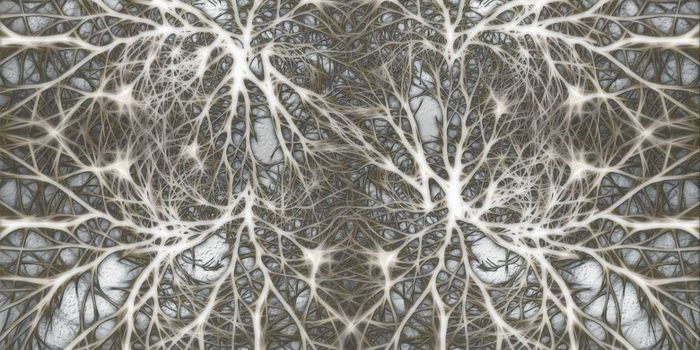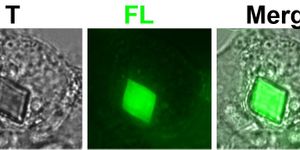Pigeons might never ask noontime park-bench noshers to share their lunch, but the birds known for their relative intelligence may be closer to that task than anyone thought.
Researchers at the University of Iowa recently found that pigeons can successfully separate both natural and manufactured objects into 16 categories. The birds, who possess brains the size of a human fingertip, were able to perform this task simultaneously while being shown 128 black-and-white images.
The work demonstrates a cognitive mechanism similar to the associative learning done by human children who are picking up language, according to professor of psychology Ed Wasserman, lead author of the study. He said the study was performed without shaping methods or social cueing.
The study, based on an earlier experiment in which pigeons were shown to distinguish among four categories of objects, enhances our understanding of animal intelligence and suggests that there may be many more similarities in the cognitive functioning of humans and animals, Wasserman said.

The study used a form of name game that effectively taught the pigeons 16 icons, each of which corresponded to objects from one of 16 categories: baby, bottle, cake, car, cracker, dog, duck, fish, flower, hat, key, pen, phone, plane, shoe, and tree. The birds were shown 128 black-and-white photos randomly pulled from these categories. Then they were shown four symbols along with one of the photos. If they correctly selected the symbol by pecking on it, they were rewarded with two-second access to food.
The birds also had to master the rules of the game as the study was in progress, not a simple undertaking in itself.
The results of the study do not prove that pigeons can make a connection between the two-dimensional black-and-white images and the real objects. But the images were shown from different perspectives and were sometimes partially hidden or placed in different settings or lighting.
Some of this recognition suggest that pigeons are making more thorough observations than one might expect-for example, being able to distinguish similar objects such as cats and dogs from a bird's-eye view would likely require tracking movement patterns or other behaviors, and then associating those features with the correct four-legged animal through the wide variety of appearance within each species.
The recognition of some objects, such as crackers and cake, makes sense given pigeons' likelihood of foraging in urban settings. But objects like keys, phones, and planes have nothing to do with food, and the pigeons were still successful in categorizing them.
It is already known that the eyesight of pigeons is keen, and it is suspected that they have the ability to recognize and recall terrain for hundreds of miles-the feature that assists them in their famous task of homing.
The study is also interesting in light of the recent research suggesting the existence of animal consciousness based in part on the presence in birds and mammals of the neurological substrates that generate consciousness. While that declaration has received a lot of support in the last few years, the debate on continuity in animal cognition is far from settled.
150 years ago Charles Darwin proposed a mental continuity from animals to humans, suggesting a continuum from the simplest form of animal to the most complex wherein those mental constructs present in the simplest forms are contained within, and built upon in, higher forms.
Microscopic neuroscience has more recently shown structural differences in the brains of humans and other animals that support vast differences in a number of characteristics shown to exist on some level in humans and other animals, including teaching, short-term memory, causal reasoning, planning, deception, language, and transitive inference.
Wasserman falls short of drawing a direct analogy between the categorizing task in this study and the language learning capabilities of human children. The study does hold promise, he said, in possibly leading to a better understanding of the associative principles in play when children are learning words.
Source: Futurity.org









